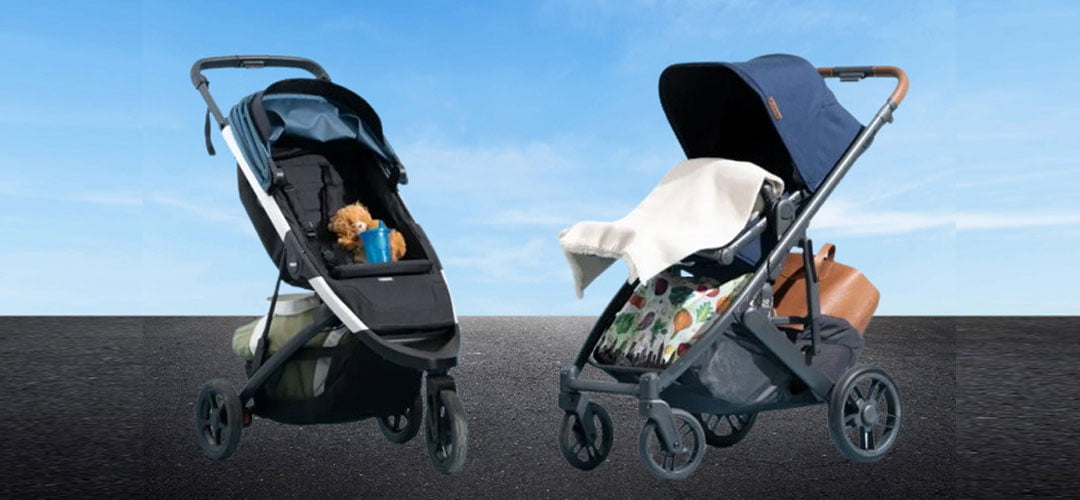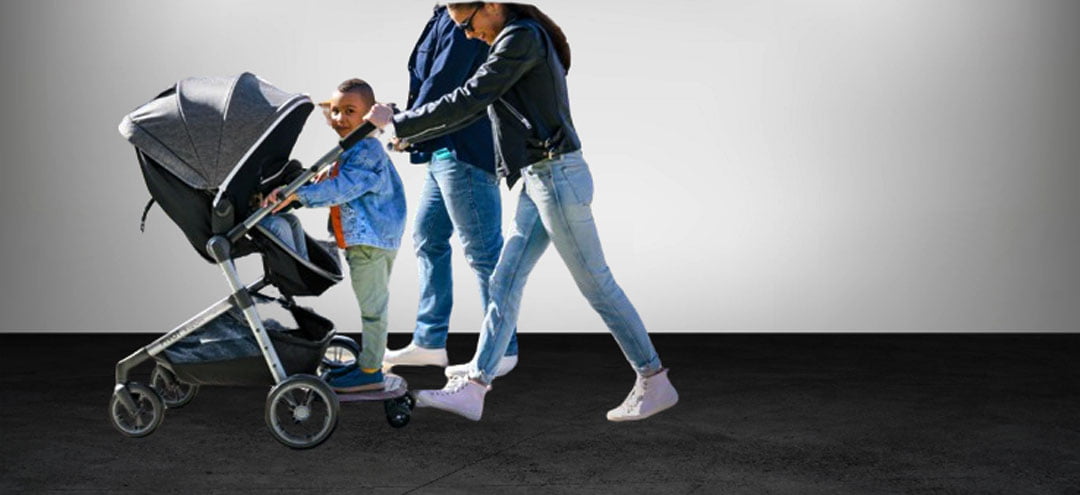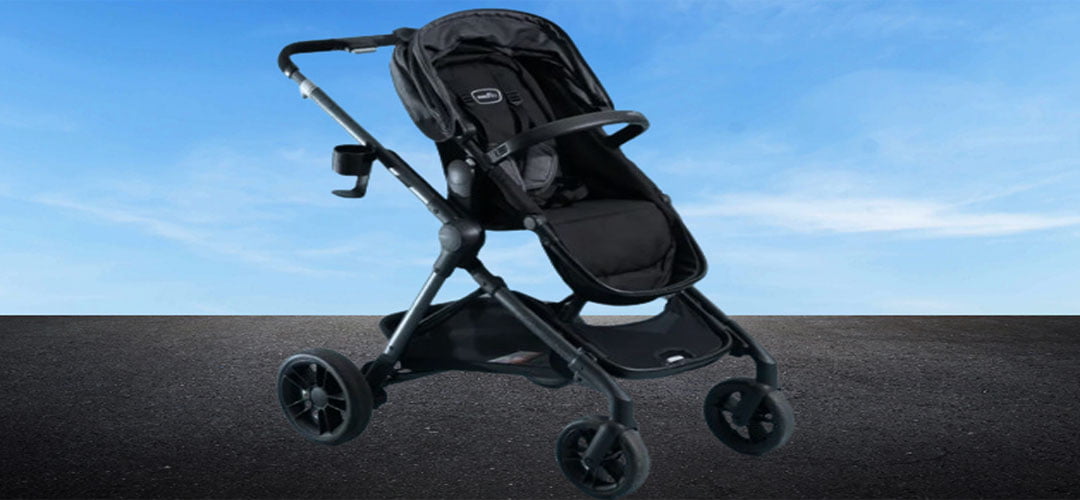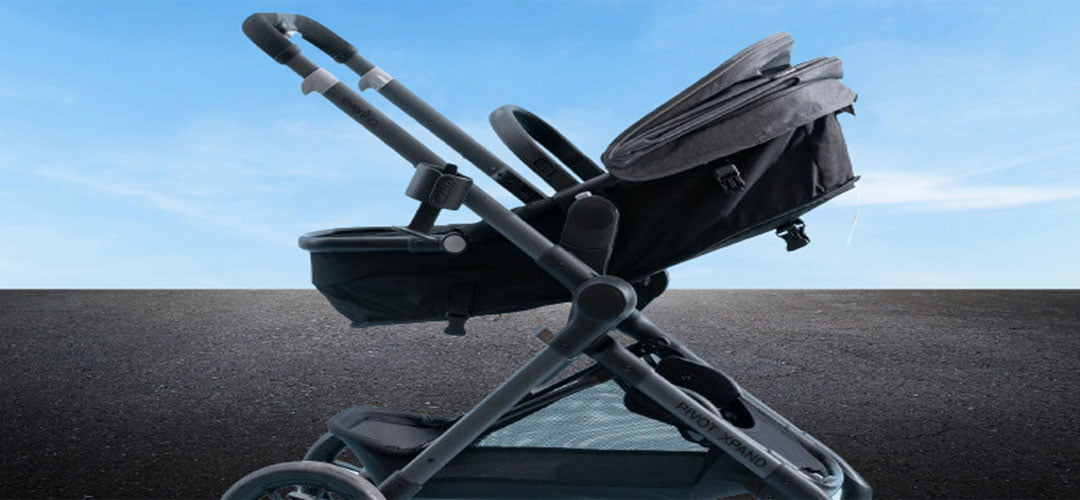As an Amazon Associate, I earn from qualifying purchases
Introduction: Embracing the Journey
As parents, we cherish the moments spent strolling through the world with our little ones—basking in the warmth of the sun, breathing in the fresh air, and watching as our children explore the wonders around them from the safety and comfort of their stroller. But as our children grow and our journeys evolve, we may find ourselves wondering: how long are strollers good for? In this heartfelt guide, we’ll explore the lifespan of strollers, offering insights, advice, and practical tips to help you make the most of this essential parenting tool.
Like all things in life, strollers have a finite lifespan that is influenced by a variety of factors. While some strollers may last for several years, others may need to be replaced sooner due to wear and tear, changes in safety standards, or evolving needs and preferences.
Read More
How To Use Boppy Baby Carrier
Why Are Strollers So Expensive
How to Mount Baby Monitor on Wall
Several factors can impact the lifespan of a stroller, including:
Quality of Construction: Strollers made from durable materials and with high-quality craftsmanship are likely to last longer than those made from cheaper materials.
Frequency of Use: The more frequently a stroller is used, the quicker it may wear out. Consider how often you use your stroller and whether it is suitable for your lifestyle and daily activities.
Storage and Maintenance: Proper storage and regular maintenance can help prolong the life of your stroller. Store it in a dry, clean place when not in use, and clean it regularly to remove dirt, debris, and stains.
Safety Standards: As safety standards evolve, older strollers may become outdated or obsolete. Keep abreast of safety guidelines and regulations to ensure that your stroller remains safe and reliable for your child.
Signs That Your Stroller Needs Replacement
Visible Signs of Wear and Tear: Cracked or damaged frame, torn fabric, malfunctioning wheels, or loose joints are all signs that your stroller may be reaching the end of its lifespan.
Difficulty Maneuvering: If your stroller becomes difficult to push, steer, or fold, it may be time to consider a replacement.
Safety Concerns: If you have any concerns about the safety or integrity of your stroller, it’s best to err on the side of caution and replace it with a newer model that meets current safety standards.
Tips for Extending the Lifespan of Your Stroller While the lifespan of a stroller is ultimately determined by a variety of factors, there are steps you can take to extend its longevity
 Choose Quality: Invest in a high-quality stroller made from durable materials and with sturdy construction.
Choose Quality: Invest in a high-quality stroller made from durable materials and with sturdy construction.
Proper Use and Maintenance: Follow the manufacturer’s instructions for assembly, use, and maintenance to ensure that your stroller remains in good condition.
Regular Cleaning: Clean your stroller regularly to remove dirt, debris, and stains that can cause premature wear and tear.
Store Properly: Store your stroller in a dry, clean place when not in use to protect it from damage and prolong its lifespan.
 Conclusion: Embracing the Journey
Conclusion: Embracing the Journey
In the journey of parenting, every tool and every moment is a precious gift—a testament to the love, dedication, and resilience that define us as caregivers and nurturers. As you navigate the lifespan of your stroller, remember to cherish the memories and the moments shared with your child, knowing that the journey is as beautiful and as fleeting as the stroller that carries you through it.
Embrace the Journey of Parenthood, and Let Your Love Light the Way.
As an Amazon Associate, I earn from qualifying purchases




